How to Disable the SmartScreen Filter in Windows
The Microsoft Defender SmartScreen filter in Windows helps protect your PC from phishing and malware on the websites you browse and the applications you use.
Keeping the SmartScreen “always-on” is advisable, as it’s the easiest way to protect your device from undetectable threats. But you may want to temporarily deactivate this setting to download a game or application you know is safe but flagged by SmartScreen. The following guide shows how to disable the SmartScreen Filter in Windows.
What Is the SmartScreen Filter?
SmartScreen works as an early warning system to let a user know whether a site or app is suspicious or a downloaded file wasn’t found in its list of safe software programs. It essentially uses a big database of whitelisted and blacklisted sites to analyze whether a given thing is safe to open.
It runs in the background on Windows and will usually manifest as a big blue box saying, “Windows protected your PC,” by blocking a given program or website. If it’s a program, you’ll usually have the option to “Run Anyway.” If SmartScreen pops up on a website you know is safe, click “More Information” and report it as a safe site.
Overall, SmartScreen is a handy security layer that you’re better off leaving on. However, there may be times when it’s getting in the way of you visiting sites or downloading things that you know are safe but just haven’t been verified by SmartScreen. At times like these, you should turn SmartScreen off.
Windows Security Settings
The easiest way to disable the SmartScreen filter is to use a system settings menu called “App & Browser Control,” which can be accessed from the Start menu. To do this, follow the steps below:
- Right-click on the “Start menu” and select “Settings,” or simply press the Windows + I key combination.

- Once you are in “Settings,” tap “Privacy & Security,” then “Windows Security.”

- Click on “Open Windows Security.”
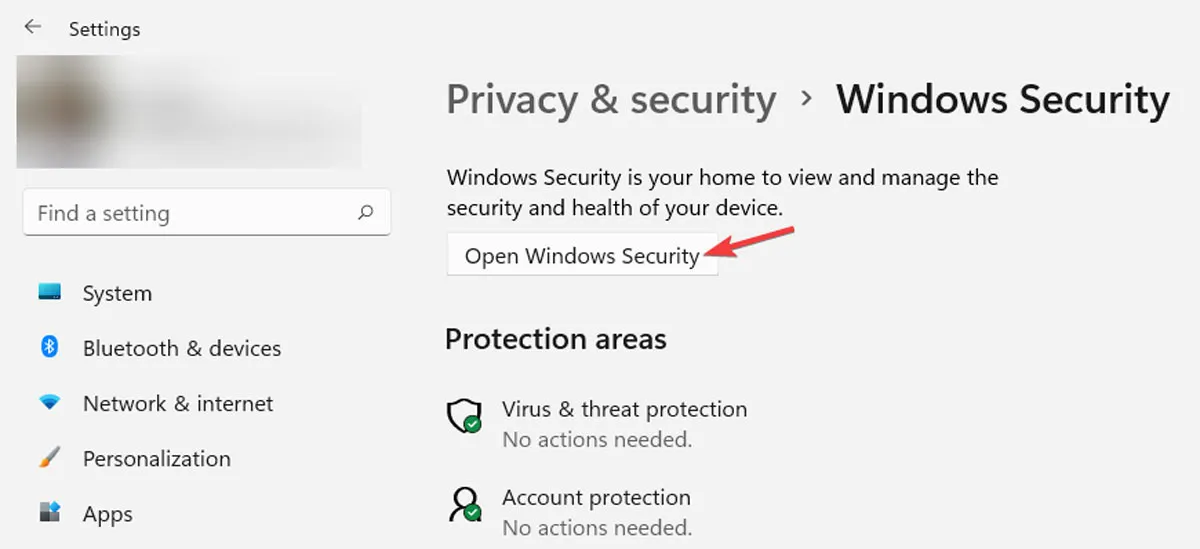
- Click on “App & browser control,” then “Reputation-based protection settings” under “Reputation-based protection.”
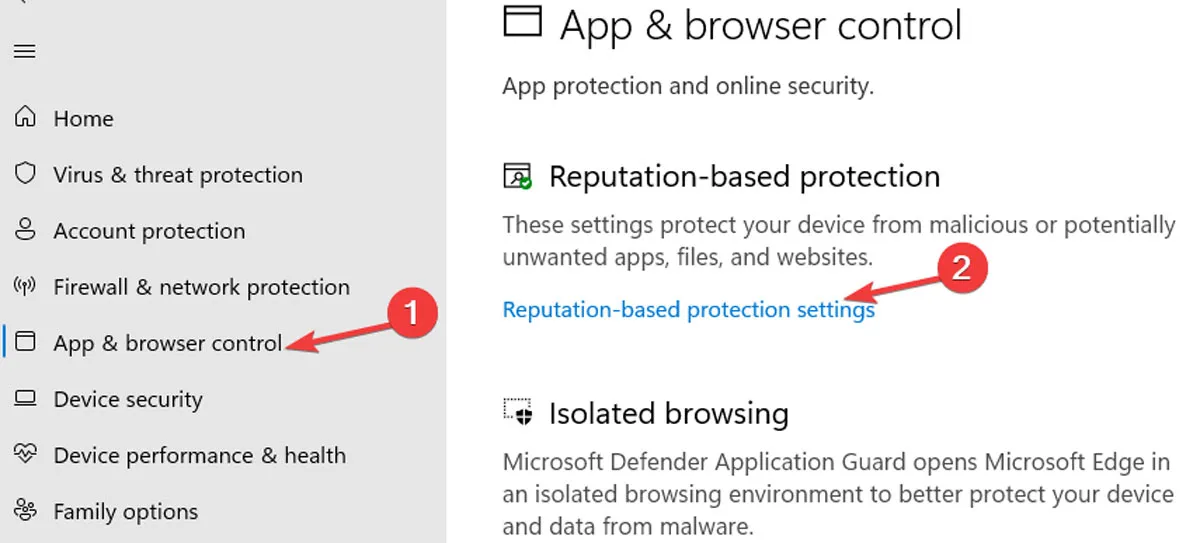
- You’ll see a list of various filters that SmartScreen uses to protect your PC. Turn off the “Check apps and files” and “Potentially unwanted app blocking” filters for files and executables. If you want to disable the SmartScreen filter completely, then disable all four filters. Switching off “SmartScreen for Microsoft Edge” and “Microsoft Store” will stop them from checking web content and malicious sites and downloads.
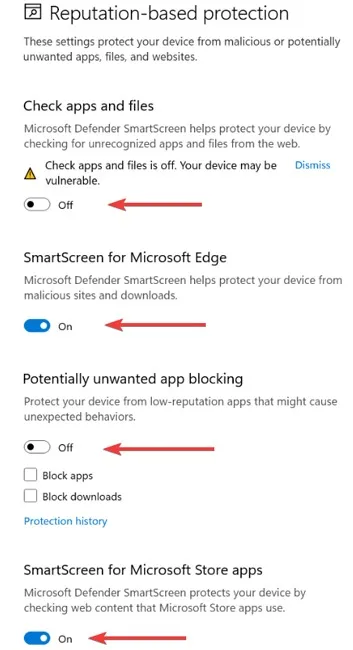
We don’t recommend switching off all SmartScreen filters. Just switch off the one that’s getting in your way at that moment, do what you need to do, then switch it back on.
Once you’ve switched off SmartScreen, you will get an alert by Windows Defender: “Your device may be vulnerable.”
Using Microsoft Edge
If you specifically want to turn off SmartScreen for sites in Microsoft Edge, you can also switch off SmartScreen directly through the browser.
- Launch Microsoft Edge and tap the three-dot menu icon in the top-right corner, then click on “Settings.”
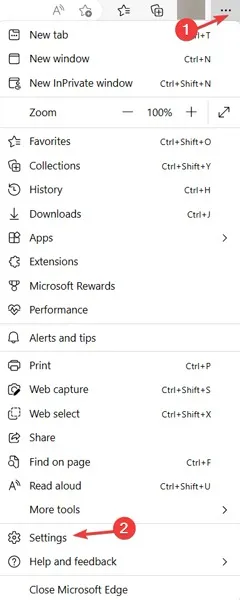
- Open “Privacy, search and services” on the left, then scroll down to the “Security” section on the right, where you will find the option to switch off “Microsoft Defender SmartScreen.”

Using Group Policy Editor
For system or network administrators, Windows has a specific policy setting within the Group Policy editor to quickly disable the SmartScreen filter in Windows.
- Click on the “Start menu,” type
gpedit.mscand choose “Run as administrator” to open Group Policy Editor.

- In the Policy Editor, go to “Computer Configuration -> Administrative Templates -> Windows Components.”

- Open “File Explorer” under “Windows Components,” then find and double-click the “Configure Windows Defender SmartScreen” policy.

- In the Policy Settings window, select “Disabled” and click on “OK” to disable the SmartScreen filter.
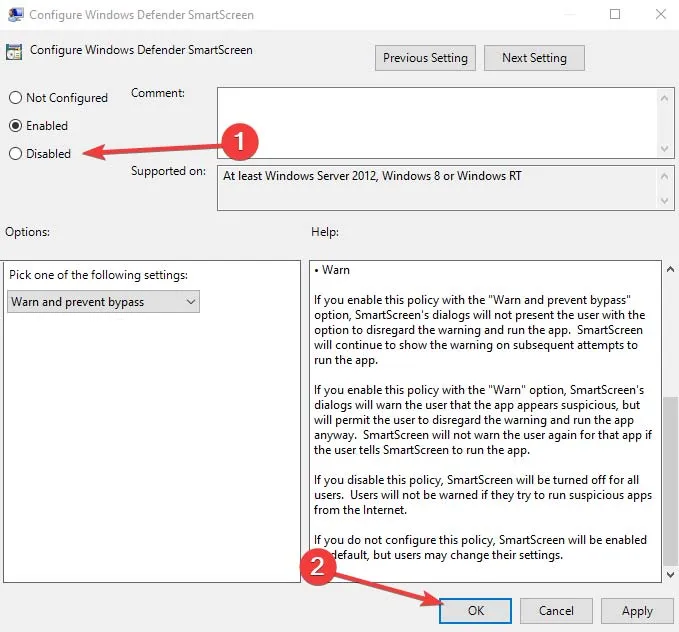
- To make the changes take effect, restart your system.
If you change your mind, follow the steps above and select “Enabled -> OK,” or “Warn” or “Warn and prevent bypass” to enable the SmartScreen filter again.
Using Registry Editor
You can also use the Registry Editor to disable the SmartScreen filter. You just have to create a couple of values.
- Search for
regeditin the “Start menu” and open it as an administrator.

- Go to the following location or simply copy and paste the address shown below:
HKEY_LOCAL_MACHINE\SOFTWARE\Policies\Microsoft\Windows\System
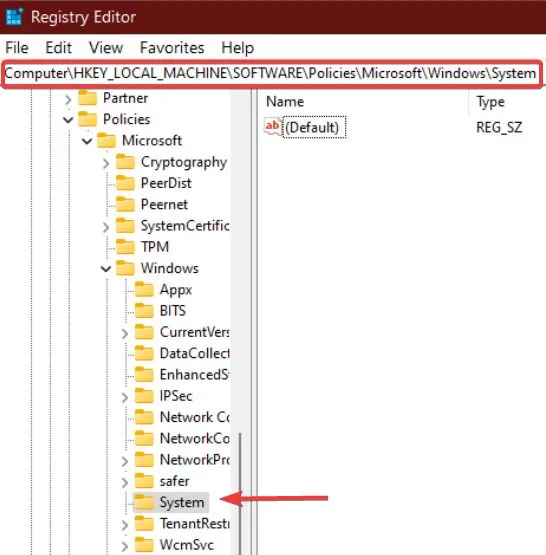
- Create a new value in the right panel by right-clicking on the “System key” and selecting “New -> DWORD (32-bit) Value.”
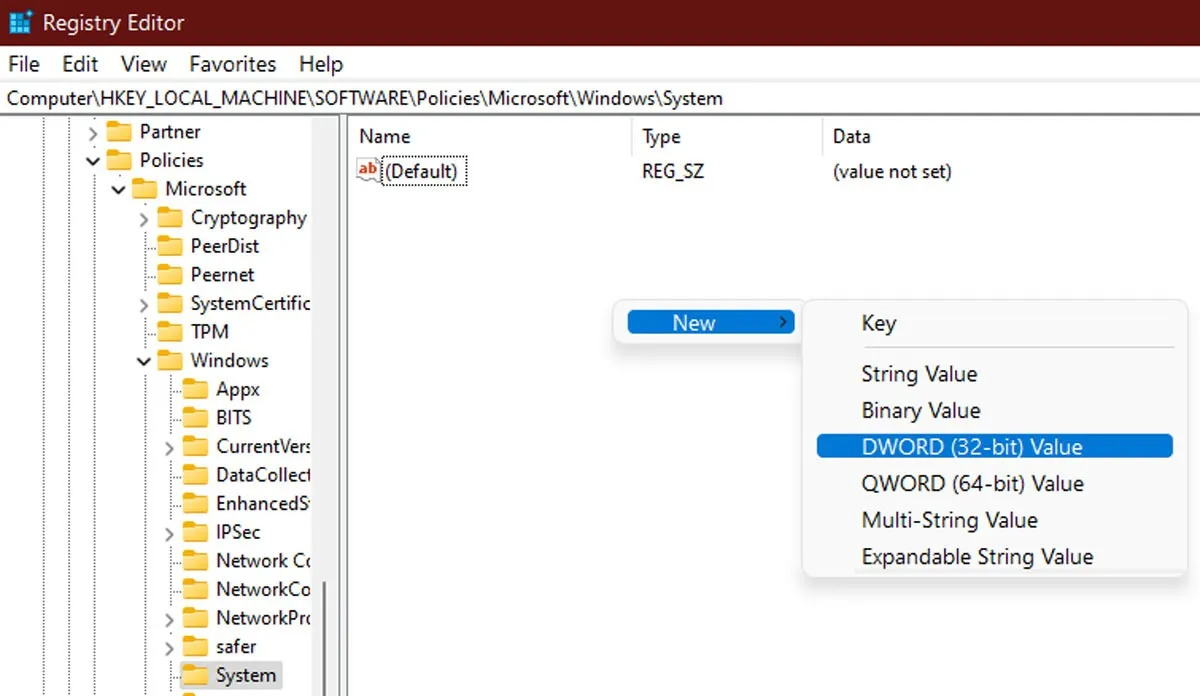
- Name the value “EnableSmartScreen,” then right-click on it and select “Modify.”

- To disable the SmartScreen filter, type “0” in the “Value data” field and click “OK” to save the change. If you want to enable the SmartScreen filter, type “1” in the Value data field instead.

- To set the SmartScreen blocking level, right-click on the right panel and select “New -> String Value” and name the value “ShellSmartScreenLevel.”
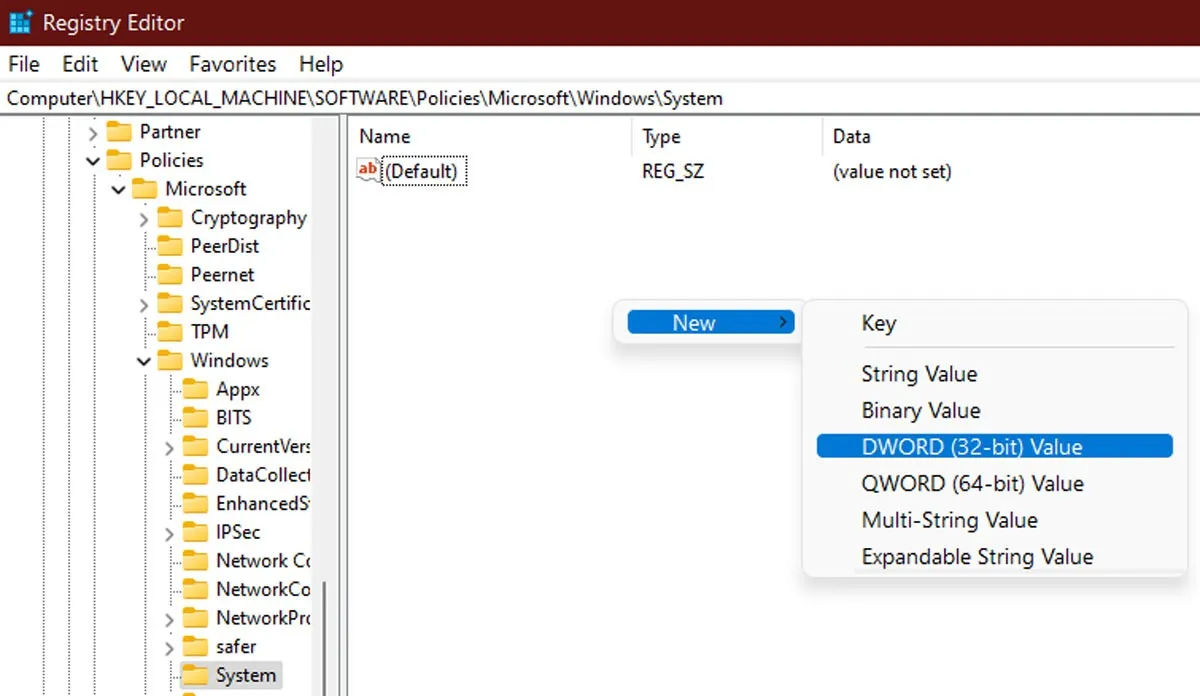
- Double-click the new string value and set either “Warn” or “Block” as the value data, then click “OK.”
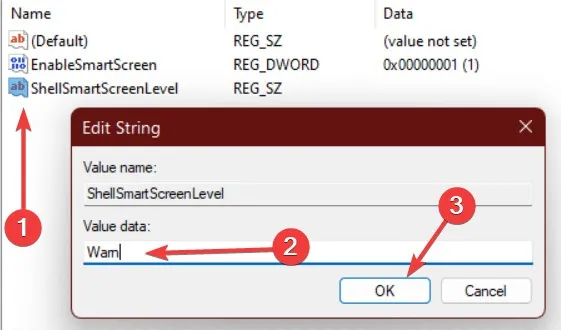
- Close the Registry Editor and restart your computer to apply the changes.
Frequently Asked Questions
Can I selectively disable the SmartScreen Filter for certain websites or apps?
No, the SmartScreen Filter is a system-wide setting in Windows 11 and cannot be selectively disabled for specific websites or apps.
Will disabling the SmartScreen Filter affect my browsing speed or performance?
Disabling the SmartScreen Filter is unlikely to have a significant impact on your browsing speed or performance. However, it may make your device more vulnerable to malicious attacks, so it is important to be cautious when browsing the Internet.
Will disabling the SmartScreen Filter affect other security features in Windows?
Disabling the SmartScreen Filter should not affect other security features in Windows, but it is still recommended that you keep all security features enabled for maximum protection.
Are there any other security features in Windows 11 that I can use instead of the SmartScreen Filter?
Yes, Windows 11 has several other built-in security features, such as Windows Defender, Firewall, and Device Encryption, that can help protect your device and data from malicious attacks. It is recommended that you keep these features enabled for maximum protection.
Leave a Reply